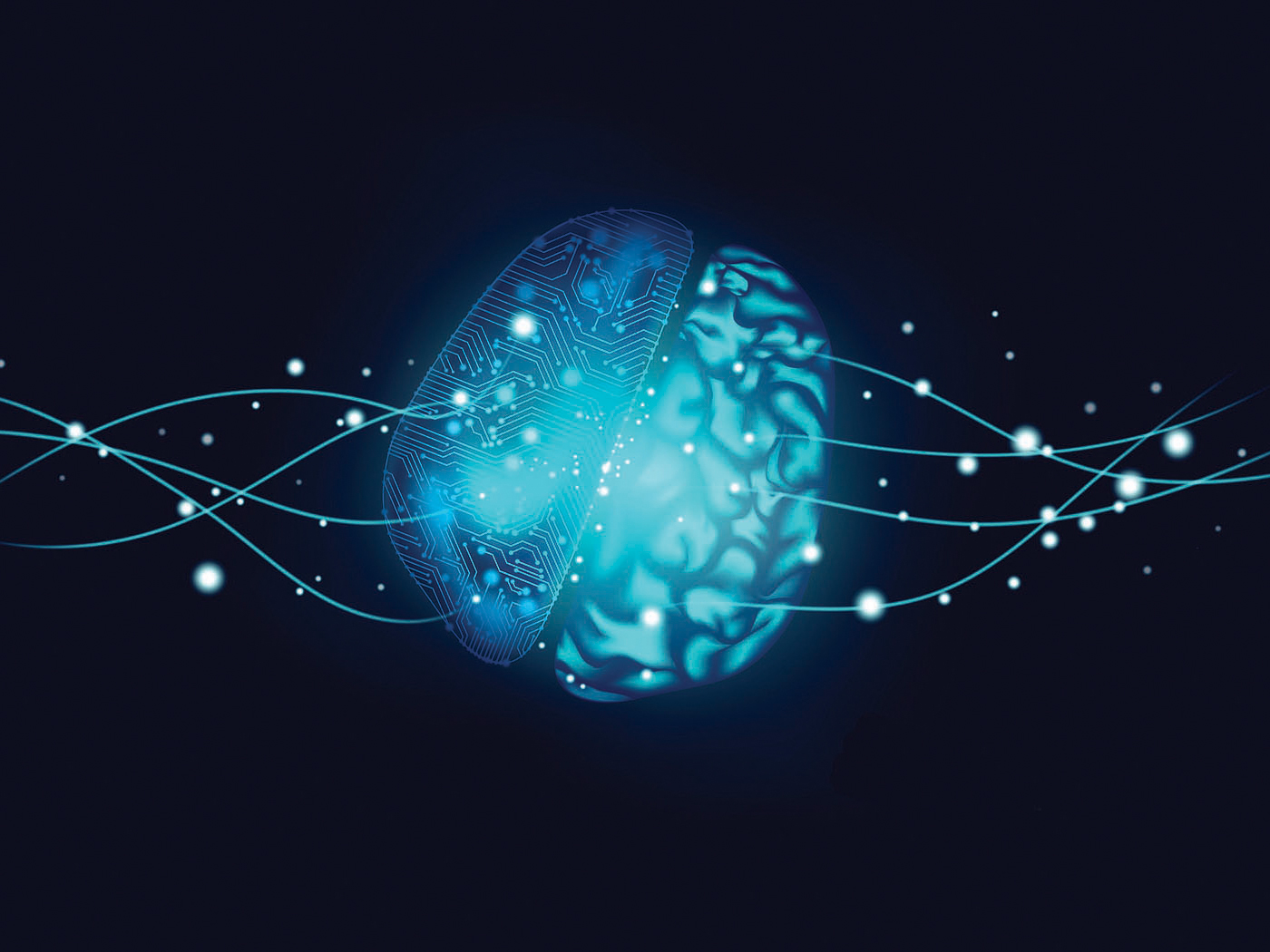Evolutionists once thought that transposable DNA elements, also called jumping genes, were merely the ancestral vestiges of viruses that maliciously infested and bloated the genomes of plants and animals. However, the past several decades of research have clearly shown that transposable elements play a large diversity of key roles in the genome.1 A recent study in the journal Nature has shown that transposable elements are now absolutely required for the very beginnings of animal life in the earliest stages of embryo development.2
In mammals, a cell called a zygote is formed when the sperm and egg are joined in fertilization. This is the earliest developmental stage of a new embryo. Before cells in the developing embryo fully differentiate to form various tissues and their cell fate is determined, they go through a stage in which they are considered totipotent—they have the capacity to develop into just about any type of cell in the body.
When the female egg cell becomes fertilized, the maternal genome and resulting nucleus becomes completely reprogrammed. Newly synthesized RNA transcripts (copies of DNA segments) unique to the zygotic genome immediately populate and program the cell nucleus for life's initial stages. A key feature of this activity that has been discovered in the mouse genome involves a specific type of transposable element named MuERV-L. This transposable element is uniquely active in the totipotent cell phase that is critical to forming all of the other cells in the mouse embryo.
During zygote genome function, a network of developmental genes depends on MuERV-L to activate their promoter regions. This creates the totipotent cell state. This gene network is silenced as development progresses.
The fact that this transposable element is essential to proper development in mice illustrates how evolutionary thinking once incorrectly interpreted these genetic features. Other studies have also demonstrated the critical involvement of various classes of transposable element DNA during other stages of both embryo development and pregnancy.3, 4 Far from being useless genetic leftovers, transposable DNAs are central to life.
It is now hard to believe that these critical and functional pieces of the genome were once thought to be nothing but the meaningless relics of ancient viruses.5 Clearly, they are uniquely designed and highly-engineered pieces of DNA programmed by God the Creator.
References
- Shapiro, J. A., and R. von Sternberg. 2005. Why repetitive DNA is essential to genome function. Biological Reviews. 80 (2): 1–24.
- Macfarlan, T.S. et al. 2012. Embryonic stem cell potency fluctuates with endogenous retrovirus activity. Nature. 487 (7405): 57-63.
- Kunarso, G. et al. 2010. Transposable elements have rewired the core regulatory network of human embryonic stem cells. Nature Genetics. 42 (7): 631-635.
- Lynch, V. J. et al. 2011. Transposon-mediated rewiring of gene regulatory networks contributed to the evolution of pregnancy in mammals. Nature Genetics. 43 (11): 1154–1159.
- Thomas, B. 2010. Evolution's Best Argument Has Become its Worst Nightmare. Acts & Facts. 39 (3): 16-17.
*Dr. Tomkins is Research Associate at the Institute for Creation Research and received his Ph.D. in Genetics from Clemson University.
Article posted on July 25, 2012.
























